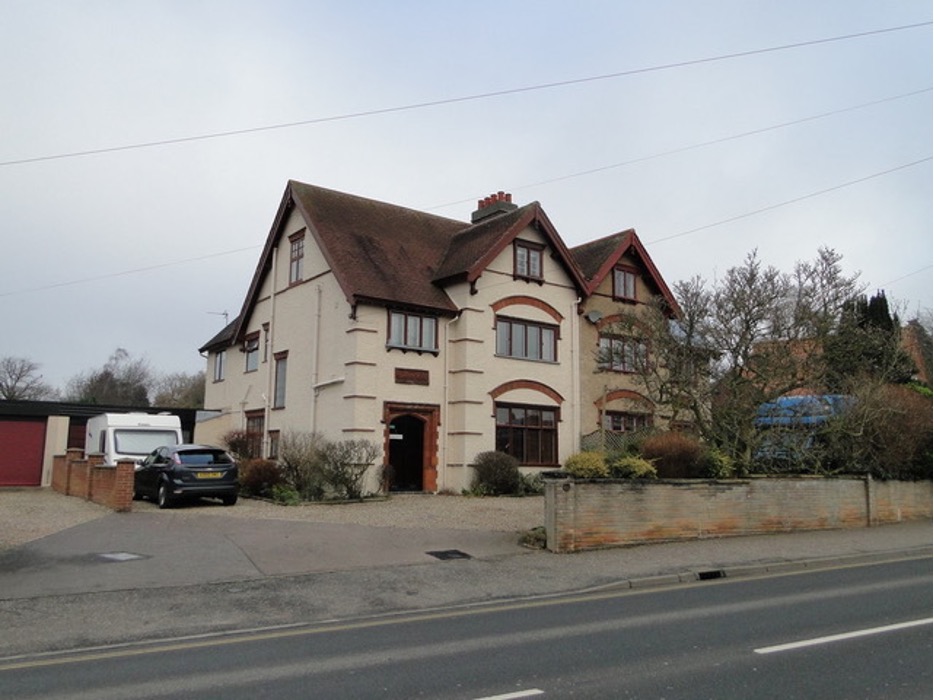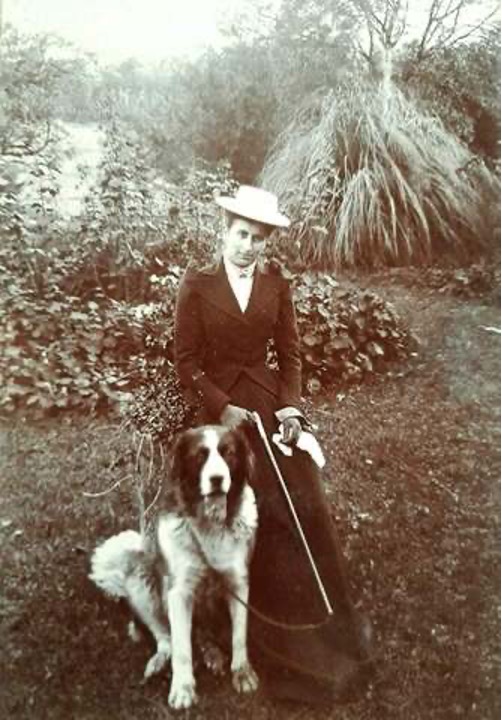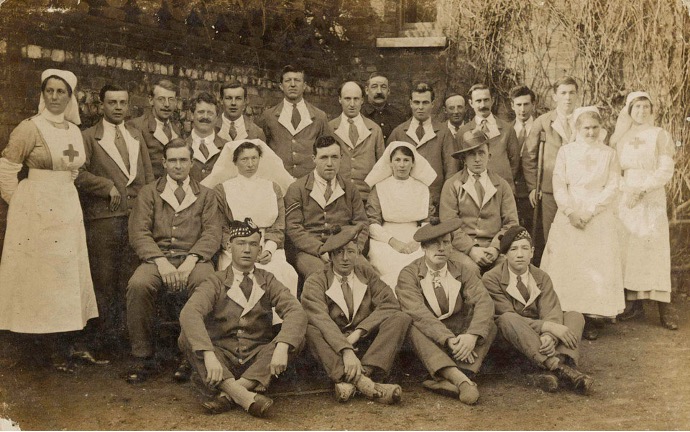According to statistics published in 1920, during the Great War 2,272,998 British soldiers were wounded, of whom 64% returned to duty, 8% were invalided out and 7% died of wounds. What the figures do not tell us is how many made it back to ‘Blighty’[i] or home, before dying or recovering from their wounds. Every year we commemorate those whose lives were taken, but little is said about those who returned. What happened to them?
There is no doubt that the War changed lives irrevocably. Not just for those who had fought but also for those who were tasked with caring for them, their relatives, and for society as a whole. Much has been written about the care of the wounded in the theatre of war, but there is little said about what happened when the men (and women) and those who cared for them came home. Part of the problem of researching the aftermath of war is the sheer chaos it left behind, coupled with the fact that the bombing in the Second War obliterated much of the written evidence of the First. Only a fraction of the service records of those who fought have survived and the records of the Royal Army Medical Corps (RAMC), from 1914 – 1918 in particular, have almost completely gone. Records of the infrastructure set up to care for the wounded and of those civilians who volunteered to care for them back home in England have fared a little better, and it is from these, especially those pertaining to Norfolk and our villages that I have drawn this month’s article.
When war was declared on 04 August 1914, military medical services had moved on little from the turn of the century and it was soon realised they were woefully inadequate. Of courses there was no NHS then and most hospitals, including the Norfolk and Norwich (N&N) were run as Voluntary Hospitals, relying on subscriptions and donations to fund their work. The Chairman of the Hospital House Committee at the N & N initially offered beds to the Navy, believing that the main threat would be from the North Sea, “Can give you fifty beds to-day and fifty more at the end of the week and can erect marquees in the hospital grounds to hold one hundred and fifty,” he wrote. The Navy declined the offer, assuming that the beds offered by the Naval Hospital at Gt Yarmouth would be sufficient. The N & N carried on with its preparations, however, and the beds were augmented by four marquees funded by the Chairman at his own expense. By 22 August 1914 70 cases had been admitted from troops stationed in and around Norwich and in November more military beds were funded by donations organised by The Eastern Daily Press. The following January a general fund was set up, to which donors could contribute monthly.
Local Military Hospitals were at Thorpe St Andrew and Britannia Barracks. The former was previously a mental hospital, but commandeered for the wounded during the War. Doctors were in short supply, both at home and overseas, many having volunteered or been called up and although by now there were over 1,000 fully qualified female doctors and surgeons eager to volunteer, they were not allowed to do so, it being considered unsuitable work for women.
As there was also a need for convalescent beds to avoid the bed blocking we are so familiar with today, many great houses offered to come to the rescue, and became Auxiliary Hospitals, staffed by VAD nurses and directed by the Joint Committee of the Red Cross and Order of St John with the aid of grants from the War Office. These included Halls at Old Catton, Cawston, Woodbastwick, Felthorpe, Hoveton and Brundall. Additionally, St Gregory’s in Hoveton a semi-detached house in Stalham Road (now a B &B) was requisitioned. Dr W A Aldred was the physician in charge with Lady Edith O’Shee, a member of the Irish aristocracy as Commandant, aided at various times by VADs drawn from most of the neighbouring villages, including Horstead and Coltishall. The commandant was aided by a quartermaster, in this case shared by a Mrs Preston and Miss Louisa Blofeld, who looked after supplies, a matron who directed the nursing staff and a cook, Miss Rowe. Lady O’Shee was generous in her praise of her staff, writing on many of their VAD record cards how she admired their dedication to duty, enthusiasm and hard work. St Gregory’s housed 810 convalescent soldiersduring the period 1915-1919.
Even as convalescents, soldiers were reminded that they were still under military command. The walking wounded wore a uniform, commonly known as ‘Hospital Blues,’ i.e. blue flannel suits and red ties, apparently so that they could not slope off to the nearest pub! At Catton Hall the blues were washed at a charge of 8d per jacket or trousers.
Although on the reserve list while they recovered, once considered fit the men were sent back to the front. Those no longer able to go overseas were either posted to units at home or discharged as no longer fit for service. It was not all doom and gloom, however. Entertainment was often put on for the inmates and staff at the VAD Hospitals. A report in the Thetford and Watton Times of January 1916 tells us, ‘ [At] Wroxham the patients and staff, with other friends, gave a successful concert at St Gregory’s Hospital for Wounded Soldiers,’ and a picture in Cohen (2014) shows patients at Brundall House VAD Hospital in their blues playing cards. They also went on boat trips on the Broads and put on plays.
Sources:
Bowser, Thekla. The Story of British VAD Work in the Great War. 1917. Imperial War Museum Reprint 2003.
Cleveland, Arthur J. A History of the Norfolk and Norwich Hospital 1900 – 1946. 1948. Jarrold & Sons. Norwich.
Cohen, Susan. Medical Services in the First World War. 2014. Shire Books. Oxford.
Mayhew, Emily. Wounded: The Long Journey Home from the Great War. 2014 Vintage Edn. London.
Newspaper Reports. British Newspaper Archive. VAD Archive: https://vad.redcross.org.uk, National Army Museum: https://www.nam.ac.uk/picture-library.
Picture of St Gregory’s: http://www.geograph.org.uk/photo/5662422 Downloaded under Creative Commons Licence

Figure 1: St Gregory’ Auxiliary Hospital. Photo (c) Adrian Pye January 2018

Figure 2: Lady Edith O’Shee. Picture (c) Geni.com

Figure 3: Nurses and Patients at Felthorpe. Note the patients’ uniform ‘Blues’. Photo © National Army Museum
[i] ‘Blighty’ like so much army slang, is Hindu in origin coming from the word, ‘vilayti’ meaning foreign i.e. European or British.
